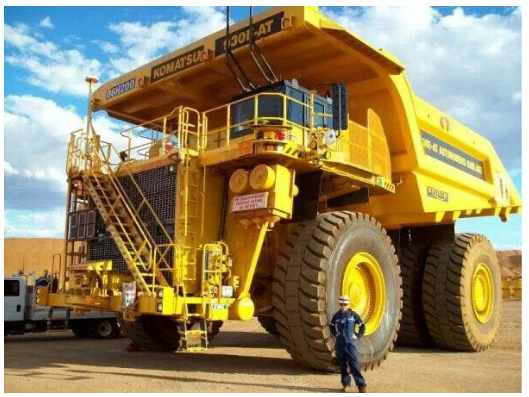What is automated preventive maintenance?
When changing the oil in a car, the mechanic places a small sticker on the windshield that indicates the mileage and the date of the next oil change. That works well for the maintenance of one or two family cars. However, a construction company may have 50, 100, or several hundred sophisticated equipment and costs, each with dozens of critical preventive maintenance requirements that must be completed at various intervals. Automating preventive maintenance in fleets increases productivity and reduces costs.
 Unfortunately, many rely on systems not much more advanced than the sticker on the windshield. They track maintenance intervals in spreadsheets or on pieces of paper in files in the workshop or on the computer. A frequently used item is the masking tape that is placed on filters and hoses with the date they were changed written with a paper marker.
Unfortunately, many rely on systems not much more advanced than the sticker on the windshield. They track maintenance intervals in spreadsheets or on pieces of paper in files in the workshop or on the computer. A frequently used item is the masking tape that is placed on filters and hoses with the date they were changed written with a paper marker.
Non-online analog systems make it all too easy to lose or delay preventive maintenance. Equipment maintenance software, on the other hand, brings automation to the process.
Fleet management platforms indicate the time and scope of preventive maintenance work for each asset. This is based on the manufacturer’s recommendations, as well as the company’s own requirements and preferences. The system then automatically alerts them when the work is due, what needs to be done, what parts are needed, and whether there is any relevant warranty information.
Maintenance managers specify how far in advance they want to see preventive maintenance notifications, which are triggered by dates, equipment meter readings, or both. Readings can be transferred from field records, inspections or other sources or, ideally, enter the system directly via telematics or GPS technology.
B’Smart’s platform, for example, can get engine hours, kilometers, fuel consumption, as well as standardized data points for GPS positioning information. The system can also standardize the necessary maintenance codes to ensure consistency and in-depth reporting capability of all preventive maintenance activities.
What are the benefits of fleet preventive maintenance automation?
Automating preventive maintenance makes it much more likely that preventive maintenance will be performed on time, causing the costs of breakdowns, downtime, and maintenance to decrease.
When not, these three metrics create a downward spiral. Skipping preventive maintenance increases the rate of unexpected breakdowns. That creates unplanned downtime, which disrupts productivity in the field and adds equipment rental or replacement costs. Finally, as a maintenance strategy, waiting for something to fail and then fixing it is always much more expensive than preventing it from failing in the first place.
There are other benefits as well. Maintenance managers/shop managers, and mechanics are in high demand and their time is valuable. Automation optimizes that time by eliminating administrative work, improving scheduling, and increasing “work time.”
With software that provides visibility into upcoming fleet-wide preventive maintenance requirements, managers can plan work more efficiently. When an asset is in the shop for a repair, it is asked to perform the next preventive work. Similarly, when they assign a mechanic to go to a workplace to work on a piece of equipment, they can look for other equipment at that site and assign preventative work in advance, which could save trips back and forth to the site.
Finally, with a more automated and preventive maintenance approach, you extend the life of your equipment and make its operation safer.
The personal knowledge and experience of mechanics, managers and executives are vital to the effective maintenance of construction equipment. However, as businesses and fleets grow and assets become more advanced, that may not be enough. Complementing expertise with software that makes preventive maintenance systematic and automatic is a proven way to increase equipment uptime and keep maintenance costs to a minimum.
